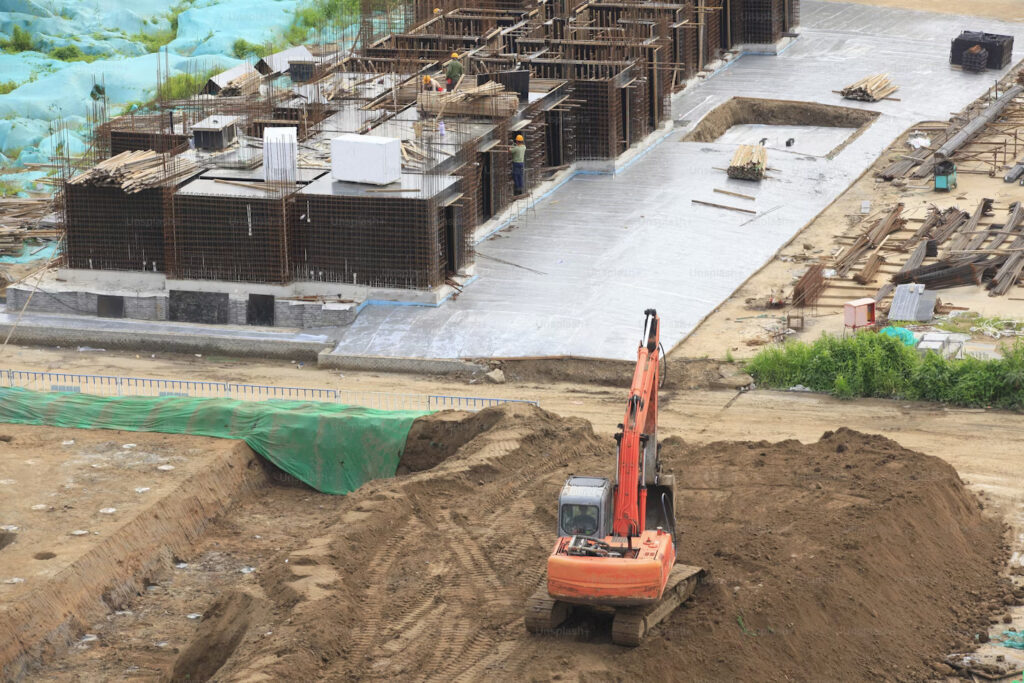Riprap, commonly referred to as large rocks or stones, can be a fantastic addition to water features such as ponds, fountains, and more. Not only does riprap add a natural aesthetic to the landscape, but it also serves practical purposes such as erosion control, habitat creation, and water filtration. Understanding the benefits of riprap in water features and how to properly implement it can help enhance the overall functionality and beauty of your outdoor space.
Understanding the Benefits of Riprap in Water Features
One of the key benefits of using riprap in water features is its ability to prevent erosion. By placing riprap along the banks of a pond or fountain, you can help stabilize the soil and prevent it from washing away during heavy rain or strong currents. This is particularly important for maintaining the structural integrity of the water feature and protecting surrounding vegetation.
In addition to erosion control, riprap can also provide a habitat for various aquatic and terrestrial wildlife. The crevices between the rocks can offer shelter and breeding grounds for fish, insects, and other small creatures. This not only adds to the biodiversity of the water feature but also creates a more natural and dynamic ecosystem for plants and animals to thrive.
Furthermore, riprap can help improve water quality by acting as a natural filtration system. As water flows through the rocks, sediment and debris are captured, preventing them from clouding the water or clogging pumps and filters. This can result in clearer, cleaner water that is healthier for both aquatic life and aesthetic enjoyment.
How to Properly Implement Riprap in Ponds, Fountains, and More
When implementing riprap in water features, it is important to consider the size and placement of the rocks. Larger stones are typically more effective at preventing erosion, while smaller rocks can be used for finer details or to create a more natural look. It is also important to ensure that the rocks are securely placed and arranged in a way that allows for proper drainage and water flow.
Before adding riprap to a pond, fountain, or other water feature, it is essential to prepare the area by clearing out any debris, leveling the ground, and creating a stable foundation. This will help ensure that the rocks are properly supported and will not shift or move over time. Additionally, it is recommended to consult with a landscaping professional or water feature specialist to determine the best placement and design for the riprap based on the specific needs and aesthetic preferences of the area.
Regular maintenance is also key to ensuring the longevity and effectiveness of riprap in water features. This may include cleaning out debris, inspecting for damage or wear, and making any necessary repairs or adjustments. By properly implementing and caring for riprap in ponds, fountains, and more, you can enjoy the many benefits of this natural and functional addition to your outdoor space.
Incorporating riprap into water features can enhance both the visual appeal and functionality of your outdoor space. By understanding the benefits of riprap and following proper implementation techniques, you can create a beautiful and sustainable landscape that supports a diverse range of wildlife and improves water quality. Consider adding riprap to your ponds, fountains, or other water features to enjoy the many advantages that this natural material has to offer.






